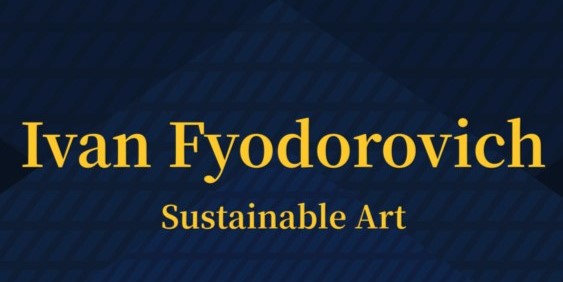I find the transit between sleep and awakening vey traumatic. During this process I often experience nightmares. I am aware that I am dreaming but my brain terrorises me with visions of things past. I have never found anything useful for my artistic work in that state of mind.
On the contrary Salvador Dalí tried to find his ideas during the hypnagogia moment. He was one of the preeminent artists of the Surrealist movement and famously used two instruments to capture the contents of his subconscious: a paintbrush and a key. A disciple of Sigmund Freud, Dalí was well-versed in psychoanalytic theory. Internalizing Freud's assertion that dreams serve as coded messages from the unconscious, Dalí made dreamscapes the focal point of his work. In order to unlock this source of subconscious revelation, he devised a method to induce a dream-like state; he'd sit in a chair, holding a large key
folded across his chest, above a metal bowl that rested on his lap. When he fell asleep, his grip would loosen and the key would fall, creating a loud noise upon hitting the bowl, thereby waking him up. Dalí would repeat this process, basking in the liminal space between sleep and consciousness. He'd observe the increasingly bizarre hallucinations which bombarded him before he fully regained consciousness, suppressing rationality and elevating his subconscious to the most accessible tier of his attention. He'd then materialize his otherworldly visions into his art. Thus, Dalí harnessed sleep to awaken his creativity; the whimsical and often disturbing nature of his art arose from the hypnagogic hallucinations he induced. While countless critics have analyzed Dalí’s work from an artistic lens, the science of hypnagogia can provide novel insight into the inspiration behind the motifs depicted in his oeuvre. Dalí’s work illuminates the connection between Dalí’s imagery and the phenomenon commonly observed while in a hypnagogic state.
